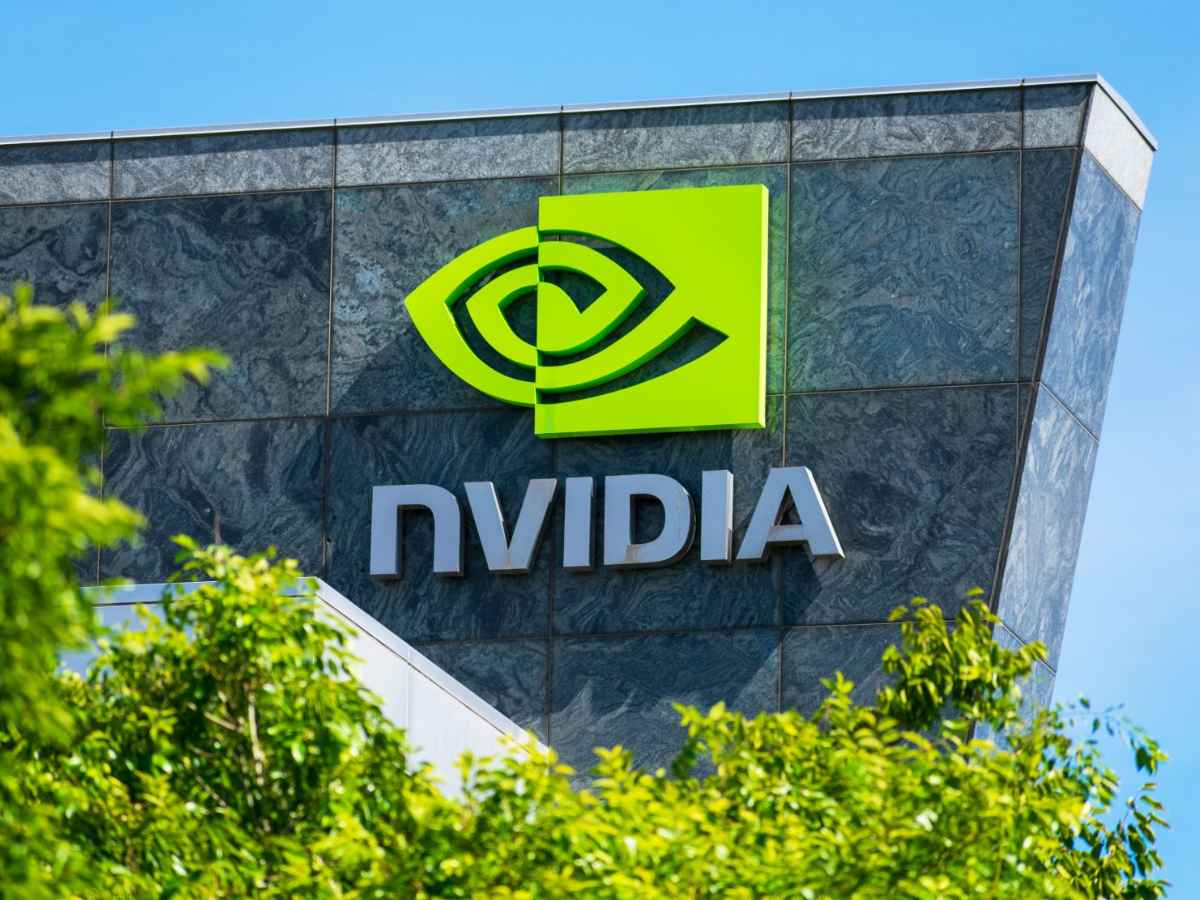While the company bets everything on artificial intelligence, its loyal gaming base is left behind with unstable GPUs and melted cables.
For years, NVIDIA has been the undisputed champion in the world of video game graphics. But today, that same community that elevated the brand to the top is raising its voice. The new RTX 5090 and 5080 graphics cards—once anticipated as a leap forward in performance—have arrived with more problems than solutions. Crashes, black screens and even melted cables are turning what should have been a technological celebration into a frustrating ordeal.
The discontent, now echoing across forums and YouTube channels, comes at a time when NVIDIA is pivoting hard toward artificial intelligence, leaving more than one gamer wondering if they’ve been left behind.
From the top of gaming to the heart of AI
NVIDIA was founded in 1993 with a clear goal: to transform the experience of PC graphics. And it did. Its name became synonymous with fluid gameplay and visual fidelity. But those priorities appear to be changing.
Over the past two years, NVIDIA has shifted its resources and attention toward AI, machine learning, and data centers—sectors with unprecedented growth and profit margins. The stock market is responding positively, but the same cannot be said for their oldest fans.
A launch marred by bugs
When the RTX 5090 and 5080 launched, expectations were sky-high. Instead, users have been met with technical instability and unresponsive drivers. Some report their PCs crashing in games like Cyberpunk 2077 and Star Wars Outlaws, while others lament the lack of compatible drivers that would allow for downgrades. What was supposed to be a smooth transition to a new generation of GPUs has ended up stranding users without a viable fix.
Online backlash and technical warnings
On Reddit and YouTube, the complaints are no longer isolated. Thousands of users are sharing videos, screenshots and testimonies of malfunctioning cards, unusable systems and mounting frustration. While NVIDIA has acknowledged some of these issues and promised driver updates, the pace and transparency of the fixes have left much to be desired.
The problems aren’t just digital. Reports have surfaced of RTX 5090 cards overheating, with some cases damaging power supplies due to faulty or overloaded power cables. To add insult to injury, it’s been revealed that a small portion of these cards were shipped with fewer rendering units (ROPs) than advertised. Though the company claims only 4% of chips are affected, for users spending hundreds—sometimes thousands—of dollars, the error is hard to forgive.
AI, the new center of gravity
As all eyes turn to AI, NVIDIA is betting everything on its future as a chip supplier for advanced computing and neural networks. Their hardware powers breakthroughs in medicine, robotics and self-driving cars. But while those sectors are booming, the gaming division, once the company’s crown jewel, now risks becoming an afterthought.
Gamers left in the rearview mirror?
The question now is not whether NVIDIA is growing—it is. The question is: at what cost? Gamers who for years stood by the company now feel sidelined. There are still new graphics cards, yes, but the enthusiasm that once defined each release is noticeably absent.
NVIDIA may be redefining its future, but if the company wants to keep its identity intact, it may have to remember who helped build it in the first place.

